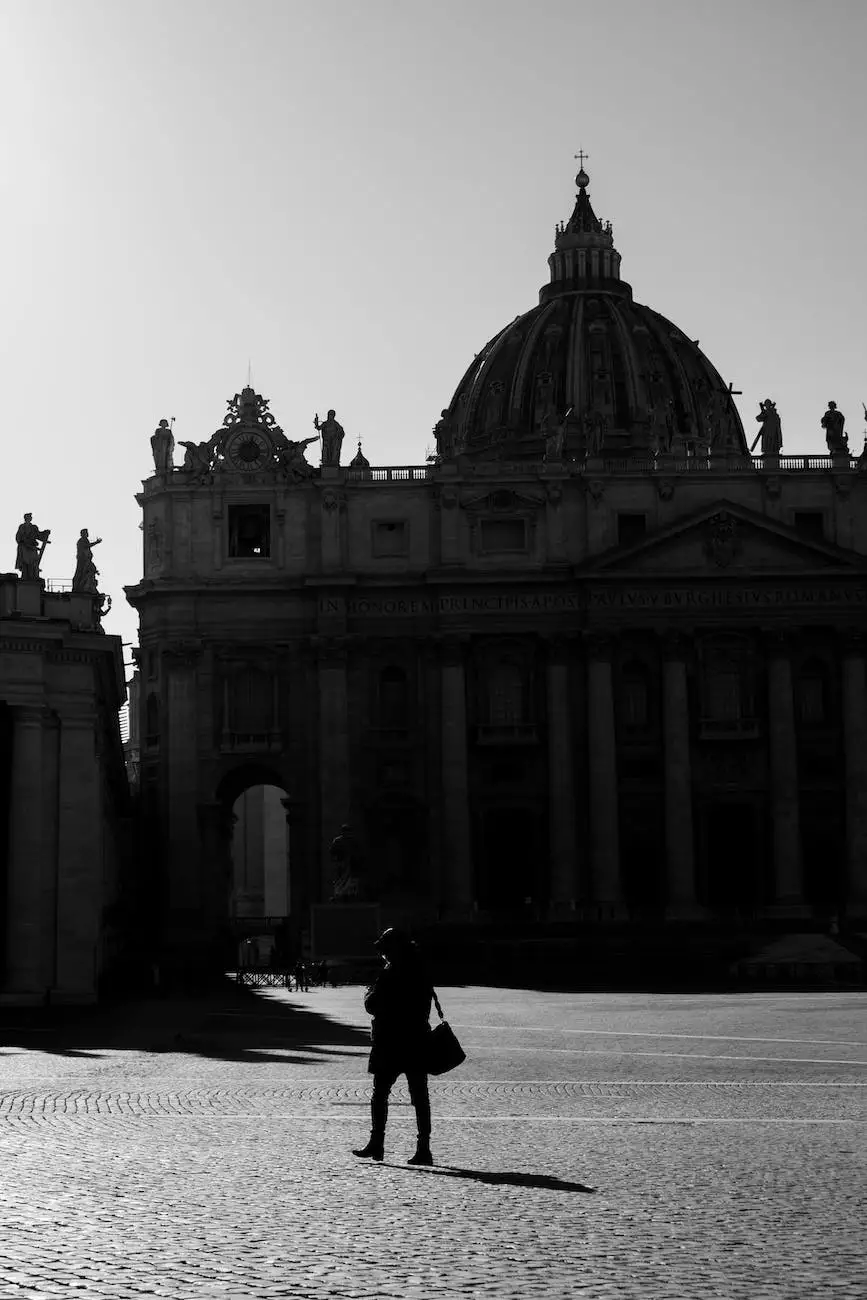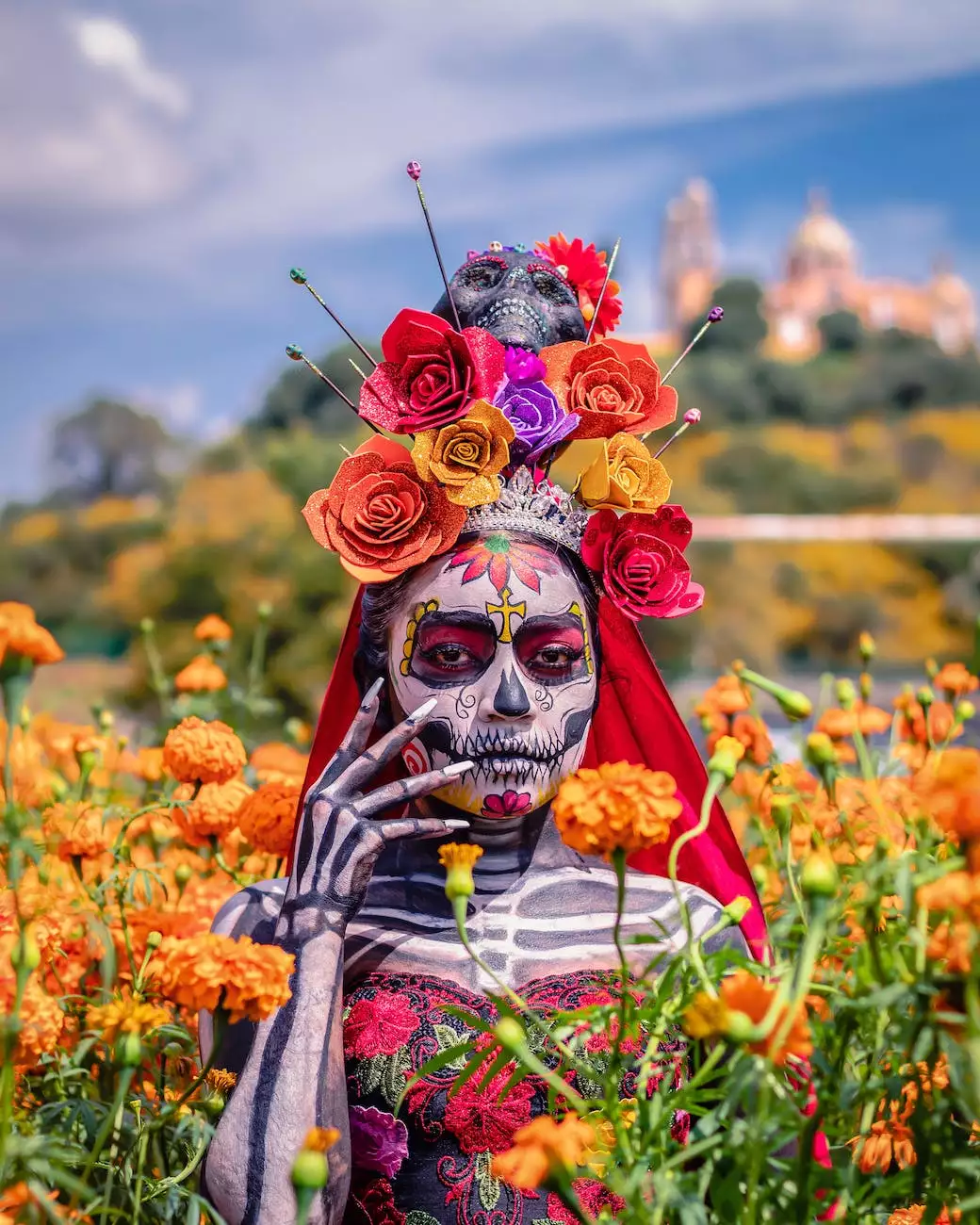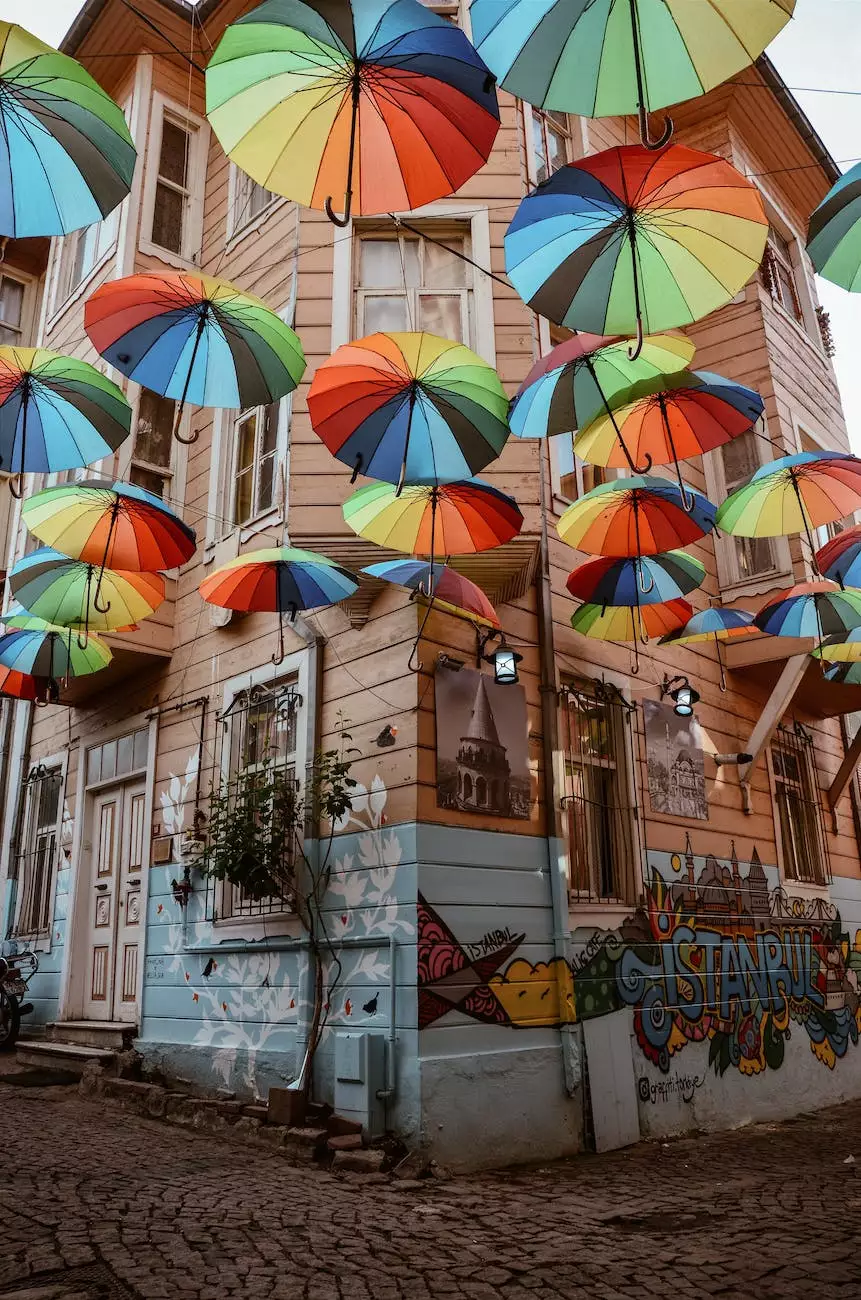Evolution of Italian Espresso
Blog
The Origins of Italian Espresso
Italian espresso, known for its rich flavor and strong aroma, has a long and fascinating history that dates back to the 19th century. Its roots can be traced back to the bustling streets of Milan, where the first espresso machines were invented.
It all began with Angelo Moriondo, an Italian inventor who patented the first espresso machine in 1884. Moriondo's invention revolutionized the way coffee was brewed, allowing for the rapid extraction of coffee beans and the creation of a concentrated and flavorful cup of coffee.
Traditional Techniques and Culture
The preparation and consumption of espresso in Italy have become deeply ingrained in the country's culture. Italians take their coffee seriously, and a visit to a traditional Italian café, or "bar," is an experience in itself.
Baristas in Italy undergo rigorous training to perfect the art of making espresso. From selecting the finest coffee beans to carefully controlling the water temperature and pressure, every step is crucial in creating the perfect cup of espresso.
Italian espresso is typically served in small cups, known as "tazzas," allowing coffee lovers to savor the intense flavors and aromas. It is common to see Italians enjoying an espresso at the bar, standing up and sipping it in a matter of seconds, as it is considered the perfect way to start the day or take a quick break.
The Rise of Specialty Espresso
In recent years, there has been a surge in the popularity of specialty espresso. With a focus on quality and unique flavors, specialty coffee shops have gained a loyal following in Italy and around the world.
These establishments go beyond the traditional espresso, offering a wide variety of single-origin coffee beans, carefully roasted and prepared to bring out their distinct characteristics. From fruity and floral notes to bold and chocolatey flavors, specialty espresso has brought a new level of complexity to the coffee scene.
Baristas in specialty coffee shops are passionate about their craft and often participate in barista competitions to showcase their skills. These competitions celebrate the art of espresso making, highlighting the dedication and expertise required to produce exceptional cups of coffee.
The Future of Italian Espresso
The world of Italian espresso continues to evolve and adapt to changing tastes and advancements in technology. As coffee lovers become more adventurous in their flavor preferences, we can expect to see new and exciting variations of espresso emerging.
New brewing techniques, such as cold brew and nitro-infused espresso, are gaining popularity, providing coffee enthusiasts with innovative ways to enjoy their favorite beverage. Additionally, sustainable and ethically sourced coffee beans are becoming increasingly important, as consumers become more conscious of the environmental and social impact of their choices.
Conclusion
Italian espresso is more than just a cup of coffee; it is a cultural symbol that represents tradition, craftsmanship, and a love for the finer things in life. Whether enjoyed in a traditional bar or a specialty coffee shop, Italian espresso is an experience that transcends borders and connects people through their shared appreciation for exceptional coffee.










